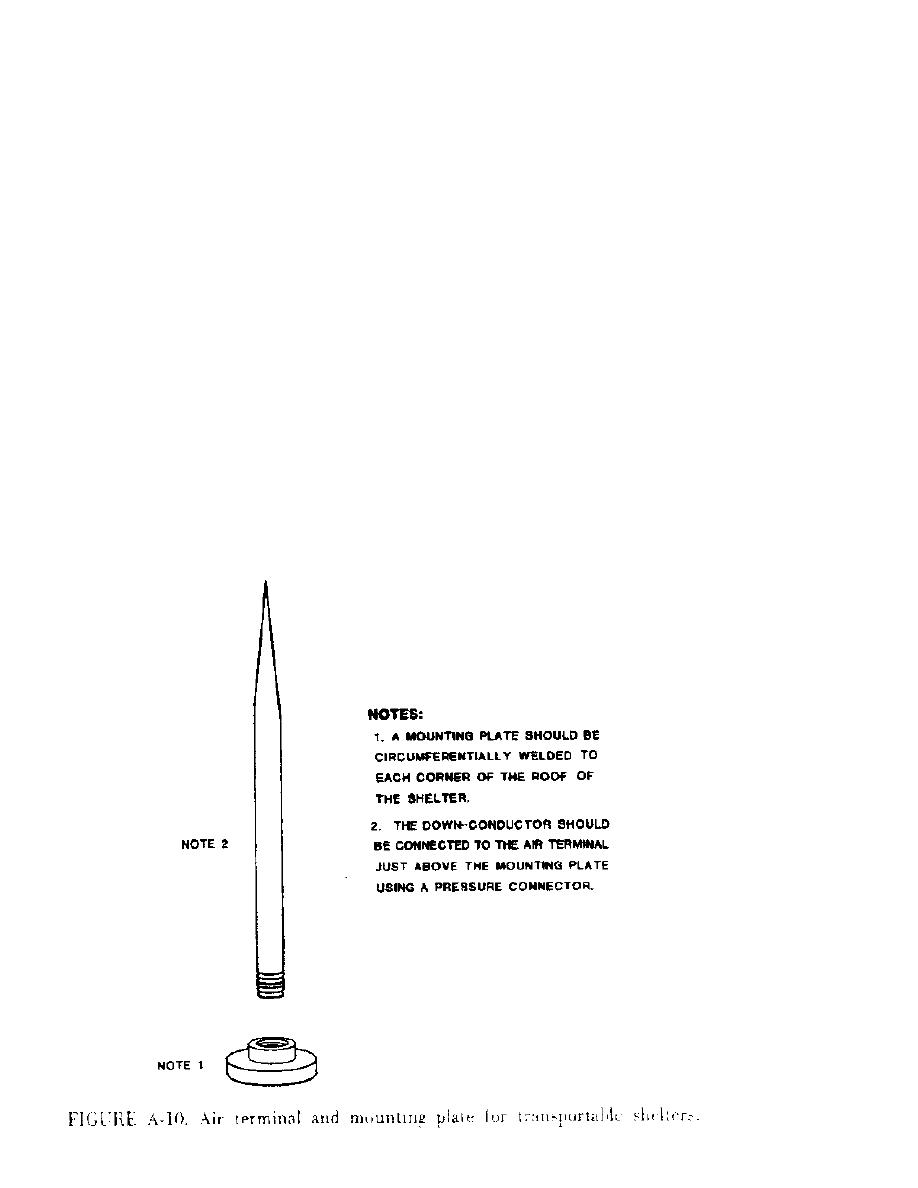

Custom Search
|
|

|
||
 MIL-HDBK-232A
60.9 Surge protectors. Surge protectors are needed to protect internal
wiring and equipment from power surges created by lightning, EMP/HEMP, or
power-line transients. They should be installed on all power, signal, and
control lines that penetrate the shelter skin. There are various types of
surge protectors available, such as metal oxide varistors (MOVs), gas filled
spark gaps (gas tubes), zinc oxide nonlinear resistors (ZNRs), and unipolar
and bipolar silicon-avalanche diode suppressors (SAS). Due to their rapid
response time and durability, MOVs, ZNRs, or SAS should be used at the
shelter entrance plate to shunt the initial surge to ground. Due to the
current-carrying limitations of this type of device, gas tubes should also be
installed near the shelter entrance plate. Although the response time for
gas tubes is much slower than for other devices, the current-carrying
capability is high and should effectively shunt peak surge currents to
ground.
70. Physical security. Maximum physical protection should be provided for
transportable systems whether they are operated in a field or garrison
environment. This Is the responsibility of the cognizant security manager
and the local command. As a minimum, CS should be established that provides
adequate access control and effective radiation protection. The perimeter of
the CS should be protected in such a way that access is limited to those who
have an operational interest in the transportable system. Access to the
shelter should be controlled by use of doors that are locked from the inside
and equipped with one-way viewers.
|
 |
|
 |
||